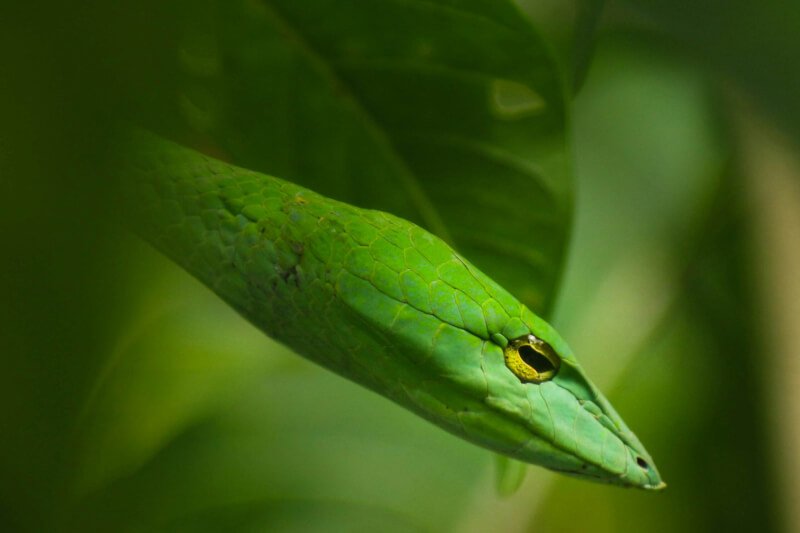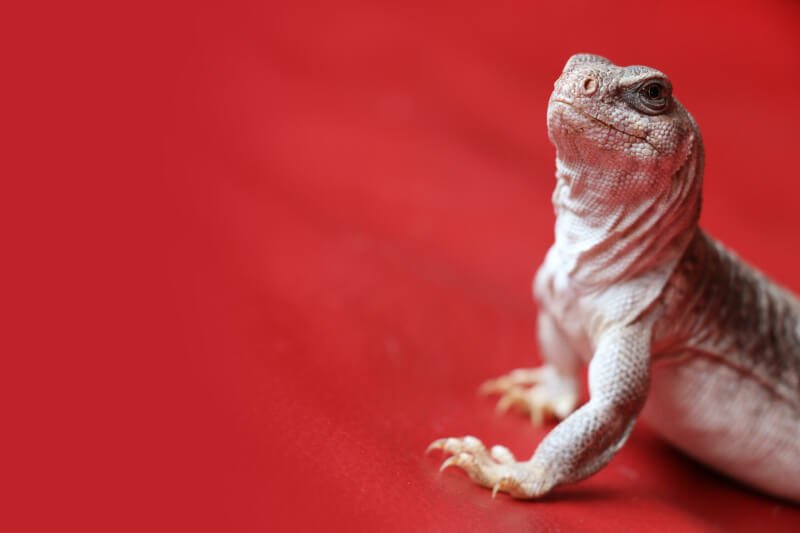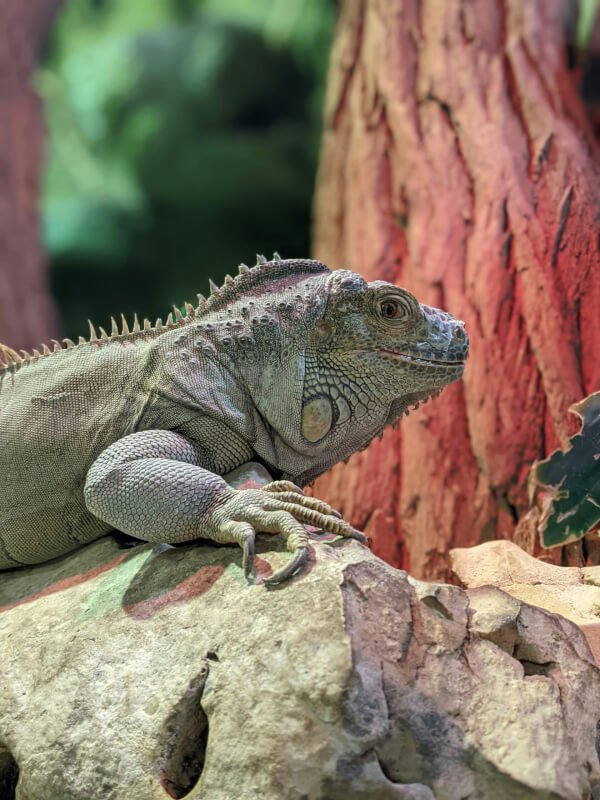Picture this: the sun is shining, the sound of nature surrounds you, and you spot a turtle lazily lounging on a rock, soaking up the warmth. But have you ever wondered if it’s normal for turtles to spend the whole day basking under the sun? In this article, we’ll explore whether this behavior is a common occurrence among these shelled creatures or if there’s something more to it. So, let’s dive into the fascinating world of turtles and uncover the truth behind their sun-worshipping ways.

Physical Characteristics of Turtles
Shell and Skin
Turtles have a unique and distinguishable feature – their shell. The shell is composed of two parts: the upper part, known as the carapace, and the lower part, called the plastron. The carapace provides protection for the turtle’s internal organs, while the plastron shields the ventral side of its body. The shell is made up of bony plates covered by horny shields, known as scutes. These scutes are made of keratin, the same material found in our fingernails.
In addition to their specialized shell, turtles also have scaly skin. Their skin is dry and covered in scales, which helps to prevent water loss. Turtles shed their skin periodically, allowing new skin to grow underneath. This shedding process helps to keep their skin healthy and free from any parasites.
Legs and Feet
Turtles have four legs, each ending in webbed feet. These webbed feet are adapted for a life spent in or near water. The webbing between the turtles’ toes allows them to swim efficiently through the water by providing increased surface area and propulsion. However, not all turtles are strong swimmers. Some turtles have flattened feet with little to no webbing, which is better suited for walking on land.
The structure of a turtle’s limbs is also dependent on its habitat and lifestyle. Aquatic turtles tend to have more streamlined limbs, allowing them to glide through the water, while terrestrial turtles have more robust limbs for walking on land. These variations in leg and foot structure contribute to the overall agility and mobility of different turtle species.
Head and Neck
Turtles have a distinct head and neck, which can vary in shape and size depending on the species. Their heads are equipped with a sharp beak that enables them to eat a variety of foods, from plants to small animals. Turtles also have eyes on the sides of their heads, providing them with a wide field of vision to help detect predators or potential prey.
The neck of a turtle is a remarkable feature that allows them to retract their head into their shell for protection. Most turtles have a long and flexible neck that can be pulled inside their shell when they feel threatened. This retractable neck is a vital defense mechanism that plays a role in their survival.
Turtle Basking Behavior
Definition of Basking
Basking refers to the behavior of turtles, and many other reptiles, that involves exposing their bodies to external heat sources, such as the sun or artificial heating elements. This behavior is commonly observed in turtles, particularly on sunny days, when they position themselves on rocks, logs, or any other elevated surface to absorb heat from the environment.
Reasons for Basking
Turtles engage in basking behavior for various reasons. One of the primary reasons turtles bask is to regulate their body temperature. As ectothermic animals, turtles rely on external heat sources to warm their bodies and maintain their metabolic functions. Basking allows them to raise their body temperature to optimal levels for digestion, metabolism, and overall well-being.
Another reason turtles bask is for UV light exposure. Turtles require UVB radiation to synthesize vitamin D3, vital for the absorption and regulation of calcium in their bodies. Basking in natural sunlight or under UVB lighting provides turtles with the necessary UV light exposure that is essential for their bone health and overall growth.
Variations in Basking Behavior
Basking behavior can vary among different turtle species. Some turtles, particularly aquatic species, bask more frequently than others. Aquatic turtles, such as red-eared sliders or painted turtles, tend to bask more often since they need to warm up their bodies for effective digestion. On the other hand, terrestrial turtles, like box turtles, may bask less frequently as they can find suitable heat sources on the ground.
The duration of basking behavior can also vary depending on factors such as ambient temperature, individual turtle preferences, or the availability of suitable basking locations. Some turtles may bask for a few hours each day, while others may bask for longer periods.

Factors Affecting Basking Behavior
Temperature
Temperature plays a crucial role in a turtle’s basking behavior. Turtles rely on external heat sources to regulate their body temperature, and the ambient temperature significantly influences their basking habits. If the temperature is too low, turtles may not bask at all, as they would be unable to warm their bodies adequately. Conversely, if the temperature is excessively high, turtles may reduce their basking time to prevent overheating.
Light Exposure
In addition to temperature, light exposure is another important factor affecting turtle basking behavior. Turtles require access to UVB light for the synthesis of vitamin D3, which is essential for calcium absorption and overall health. Insufficient or inadequate UVB light can lead to metabolic bone disease and other health issues in turtles. Therefore, appropriate UVB lighting in their enclosure is necessary to ensure proper basking behavior and vitamin D3 production.
Water Quality
Water quality also influences a turtle’s basking behavior. Turtles may bask more frequently if the water quality in their aquarium or habitat is not optimal. Poor water quality, such as high ammonia or nitrate levels, can stress turtles and lead to health problems. Basking allows them to escape from the water temporarily and seek out a cleaner and drier environment. Maintaining good water quality is essential for a turtle’s overall well-being and can contribute to their basking habits.
Species-Specific Basking Patterns
Aquatic Turtles
Aquatic turtles, as their name suggests, spend most of their time in the water. These turtles have specialized adaptations for an aquatic lifestyle, including streamlined bodies and webbed feet. Aquatic turtles usually bask on rocks, logs, or other elevated surfaces near or in the water. They bask more frequently than other turtle species as they need to warm up their bodies for efficient digestion and energy utilization.
Semi-Aquatic Turtles
Semi-aquatic turtles, such as red-eared sliders or map turtles, split their time between the water and land. They exhibit a moderate level of basking behavior since they have access to both heated land areas and aquatic environments. Semi-aquatic turtles bask to thermoregulate their bodies, absorb UVB light, and dry their skin. They require a mix of basking spots both in the water and on land to meet their specific needs.
Terrestrial Turtles
Terrestrial turtles, like box turtles or tortoises, primarily live on land and have little to no need for swimming. As such, they exhibit less basking behavior compared to their aquatic or semi-aquatic counterparts. Terrestrial turtles may bask for shorter periods and less frequently, as they can warm themselves by absorbing heat from the ground. Basking provides them with additional heat to aid in digestion and maintain overall health.

Basking Frequency and Duration
Daily Basking Habits
The frequency and duration of turtle basking can vary depending on several factors, including the ambient temperature, availability of suitable basking spots, and individual turtle preferences. In general, turtles will bask more often and for longer durations when the ambient temperature is cooler or when they have recently consumed a large meal. Basking typically occurs during the daytime hours when the sun is out, as turtles rely on external heat sources to warm their bodies.
Seasonal Basking Patterns
Turtles’ basking behavior can also be influenced by seasonal changes. During the spring and summer months, when temperatures are warmer, turtles may bask more frequently to regulate their body temperature and absorb UVB light. In contrast, during autumn and winter, when temperatures drop, turtles may reduce their basking time. Some turtle species may even enter a state of brumation, a reptilian form of hibernation, during the colder months, resulting in significantly reduced basking behavior.
Health and Nutritional Benefits of Basking
Vitamin D Synthesis
Basking is essential for turtles to synthesize vitamin D3. Exposure to UVB light helps convert a precursor molecule in their skin into active vitamin D3, which is then absorbed into their bloodstream. Vitamin D3 plays a crucial role in calcium metabolism, ensuring proper bone growth and development. Without adequate basking and UVB light exposure, turtles are at risk of developing metabolic bone disease, characterized by weakened bones and shell abnormalities.
Thermoregulation
Basking behavior allows turtles to regulate their body temperature, ensuring optimal metabolic function. By seeking out external heat sources, turtles can warm their bodies to facilitate digestion, maintain organ function, and enhance overall physiological processes. Basking also allows turtles to cool down if they become too warm, reducing the risk of overheating.
Physical Exercise
Basking isn’t just about temperature regulation and UVB exposure. It also serves as an opportunity for turtles to engage in physical exercise. As turtles climb or swim to their basking spots, they engage their muscles and improve their overall strength and mobility. Regular basking can aid in maintaining a healthy weight, muscle tone, and overall fitness.

Signs of Abnormal Basking Behavior
Excessive Basking
While turtles naturally engage in basking behavior, excessive basking can be a sign of underlying health issues. If a turtle is constantly basking for prolonged periods, it may indicate an infection, illness, or metabolic imbalance. In such cases, it is crucial to monitor the turtle closely and consult a reptile veterinarian if the excessive basking persists or is accompanied by other abnormal behaviors.
Lack of Basking
On the other hand, a complete lack of basking behavior can also be concerning. If a turtle consistently avoids basking spots or spends very minimal time basking, it may suggest a problem with the habitat conditions or the turtle’s overall health. It is important to evaluate the temperature, lighting, water quality, and nutrition in their environment to ensure it meets their specific needs. If the lack of basking persists, consulting a reptile veterinarian is recommended to rule out any health issues.
Appropriate Basking Areas
In Captivity
For turtles kept in captivity, providing appropriate basking areas is essential for their well-being. Basking areas should have a heat source, such as a basking lamp or heating pad, that replicates natural sunlight. The basking spot should have an appropriate temperature gradient, allowing turtles to choose their desired warmth. It should also be large enough to accommodate the turtle comfortably and be easily accessible. Suitable basking areas can include rocks, logs, or artificial platforms placed in the aquarium or enclosure.
In the Wild
In the wild, turtles have a variety of natural basking areas to choose from. They may utilize rocks along riverbanks, fallen logs, exposed tree roots, or even floating vegetation. These natural basking surfaces provide turtles with the necessary heat and UVB light exposure. It is essential to preserve and protect their natural habitats to ensure the availability of suitable basking areas for turtles in the wild.

Creating an Ideal Basking Environment
Temperature and UV Light Management
Maintaining proper temperature and UV light levels is crucial when creating an ideal basking environment for turtles. The basking spot should be warm enough to allow the turtle to reach its preferred body temperature. Using a thermometer or temperature gun can help monitor the temperature accurately. Additionally, providing UVB lighting, either through natural sunlight or specialized UVB bulbs, is crucial for turtles to meet their UV light requirements. UVB bulbs should be replaced regularly, as they lose their effectiveness over time.
Water and Land Ratio
For semi-aquatic turtles, achieving a proper water and land ratio is essential. The enclosure should have enough water space for the turtle to swim comfortably, along with adequate land areas for basking and terrestrial activities. Providing a combination of shallow and deep water areas is beneficial to accommodate the turtle’s swimming abilities and their tendency to partially submerge themselves while basking.
Adequate Basking Spots
Turtles should have access to multiple basking spots within their habitat. This allows them to choose the location and temperature that suits their needs at any given time. Basking spots should be sturdy, stable, and easily accessible for the turtle to climb on and off without any difficulties. Natural elements such as rocks, logs, or artificial platforms can be used to create a variety of basking options within the enclosure.
Conclusion
Basking behavior is a natural and vital aspect of a turtle’s life. It helps turtles regulate their body temperature, synthesize vitamin D, and maintain their overall health and well-being. By understanding the physical characteristics of turtles, the reasons for basking behavior, and the factors that influence it, we can provide turtles with suitable basking environments in both captivity and the wild. Creating the ideal basking areas with proper heat sources, UVB lighting, and a balance of land and water spaces ensures turtles can engage in their natural basking behaviors, promoting their longevity and overall happiness. So, next time you see a turtle basking in the sun, remember that it’s just doing what comes naturally, enjoying the warmth and reaping the benefits that basking provides.


